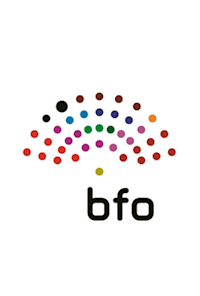A musical prayer that dresses the traditions of Eastern European Jewry in a new style, the only concert piece by the greatest Finnish composer, and the last piece by Rachmaninov, famous for his romantic and beautiful melodies, will be performed at this concert with an unusual composition. Violin Concerto soloist Clara-Jumi Kang is a versatile musician who, according to The Strad, caresses when needed and attacks when needed. The conductor of the evening is the only thirty-five-year-old Israeli Lahav Shani, who is not conducting the BFZ for the first time.
In the 1960s, the Israeli author Zvi Avni, now in his ninety-sixth year, turned more and more towards music that transcends nations and is rooted in the culture of all Jews. His work for string orchestra opens with a technique reminiscent of Kodály's opening prayer melody, which is introduced by the viola. The stormy music that follows, with the alternation of melodic beats and rhythmic effects, is more reminiscent of Bartók.
Sibelius's single concerto offers an inexhaustible variety of melodies. " I have wonderful themes for the violin concerto," the author wrote for the upcoming piece, which he revised after its premiere in 1904. Sibelius, who had previously trained as a violinist, knew the instrument exactly, so he wrote one of the most comfortable, but at the same time, most difficult solos in music literature. The recommendation goes to the child prodigy Ferenc Vecsey, who played the work for the first time at the age of thirteen. "It was probably my last twinkle," wrote Rachmaninov in 1940, three years before his death. The Symphonic Dances, composed in the United States and partly expressing the composer's homesickness, are perhaps truly a farewell to life. The quotation from Symphony No. 1 in the opening movement of the last symphonic work, the ethereal rise at the end of the waltz-like movement, or the heroic tones of the Dies irae in the finale can allude to this. The three dances written for the Philadelphia Orchestra led by Jenő Ormándy grew out of a failed plan for a ballet. In the ominous, nervously pulsating first dance, we unexpectedly hear an alto saxophone. The menacing atmosphere that continues in the waltz later fades into other worlds in soft, fluttering motifs. At the end of the finale, which also evokes Russian Orthodox melodies and a fragment of the author's own Vespers, we can read: "Thank you, Lord!"



